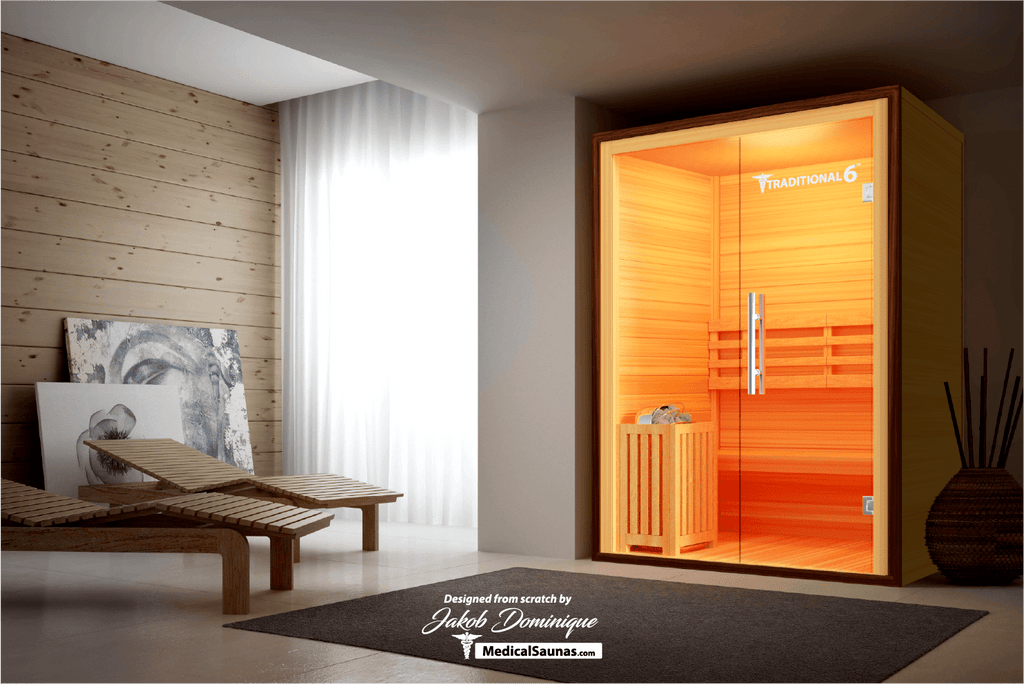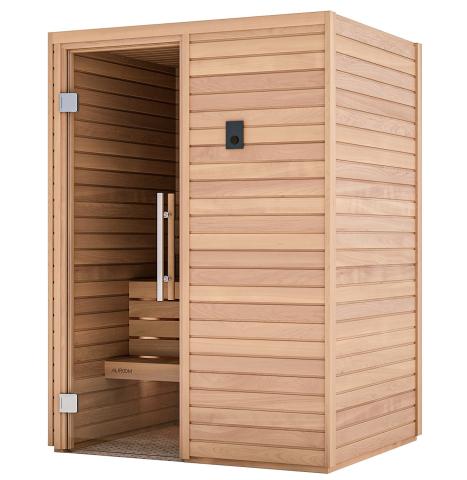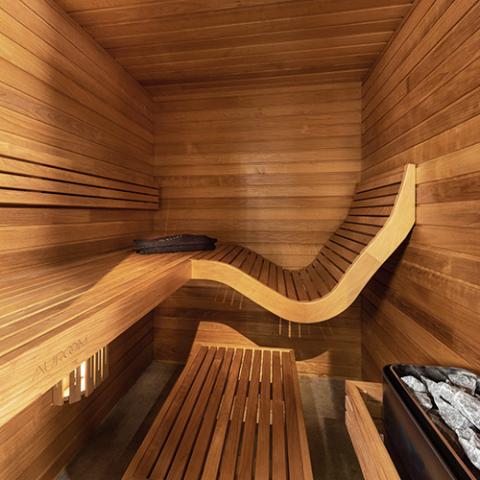Traditional Sauna - An Overview
Traditional Sauna - An Overview
Blog Article
See This Report about Traditional Sauna
Table of ContentsSome Of Traditional SaunaHow Traditional Sauna can Save You Time, Stress, and Money.Little Known Facts About Traditional Sauna.The 30-Second Trick For Traditional SaunaGetting The Traditional Sauna To Work
Many of the weight shed in a sauna is water loss and is re-gained upon rehydrating. Without an uncertainty sauna can be a vital part of a healthy and balanced weight loss program. To consider the differences in between conventional and IR saunas, I will divide these right into verifiable, theoretical, and fabricated distinctions.Hence, the best point in the saunawhich goes to the ceiling straight above the sauna heateris typically between 185 and 190 F. Claims that a typical sauna surpasses 200 F is just not real and not suitable for electric saunas marketed in the United States. The temperature for a far-infrared sauna is usually set between 120 and 140 F; however, unlike the traditional sauna, the goal in and IR space is not to accomplish a high temperature.
Due to the fact that of this, the temperature distinction is almost unimportant, considering that excessive sweating leads to both sauna kinds, yet the approach of warming the body is various. In an IR sauna the bather will certainly feel hot and will certainly sweat a lot, however at a lot reduced temperatures (Traditional Sauna). Therefore, if the objective is to spend longer time periods in the sauna, the IR sauna is a great selection
When a traditional sauna has been properly heated, the sauna walls are cozy, the air temperature has actually attained set temperature level and the rocks are super warmed. As an interesting side note, the warmed walls and the rocks are releasing far-infrared warmth, incorporated with the heated air, to create an "enveloping heat".
Our Traditional Sauna PDFs

When the high temperature is attained, the elements cycle on and off to preserve the heat. Many typical sauna individuals take pleasure in putting water over the rocks to produce vapor to raise sauna moisture levels. The advantages of putting water over the rocks include: making the room extra comfortable, dampening the nasal flows, and permitting the usage of aromatherapy by mixing crucial oils with the water.

When the power goes into the body, it triggers the body temperature level to boost and inevitably leads to perspiration. In an infrared sauna it is very important for the emitters/heaters to remain on nearly continuously. Since there is no mass of rocks to keep warmth, the sauna will cool down if the emitters turned off.
As discussed above, the sauna bather in an infrared space intends to position himself before operating emitters to get optimal gain from the warm. The home heating time for both areas can be really different, depending on just how the spaces are utilized. For a typical sauna, a bather should enable 30-40 minutes for the room to accomplish a wanted temperature level and to effectively pre-heat the rocks.
Traditional Sauna Fundamentals Explained
A well constructed sauna will usually accomplish a temperature level of 150-160 F in regarding 30-40 mins. For hotter temperature levels, the space might need to warm for a longer duration.

Traditional saunas tend to be larger (therefore utilize even more power) than infrared saunas, although conventional saunas are certainly readily available in one and two person sizes too. For a two-person this website traditional sauna, 5x6 or 5x7 dimension is most prominent. The leading bench can comfortably seat 2 or three individuals and is likewise long enough to rest throughout the sauna session.
The 9-Minute Rule for Traditional Sauna
The typical expense per kWH of electricity in the U.S. is around $0.11, so a 4.5 kW heater will cost roughly $.50 to compete one hour, if the heating unit runs constantly for one hour. Usually a sauna heater will certainly compete 75% of the first hour and 50% of succeeding hours on given that the elements cycle once the established temperature level is attained.

There is a hardly ever reviewed difference in the social experience between the 2 rooms. While our society has lost a few of the social advantage of the typical sauna experience, it can be extremely socially rewarding (Traditional Sauna). From family members time in the sauna, to heart-felt conversations with substantial others, to sauna partiesthe standard sauna experience can bring about intimate socializing
5 Simple Techniques For Traditional Sauna
A lot of greater end infrared spaces consist of colored light therapy, sound systems and full-glass fronts.
Report this page